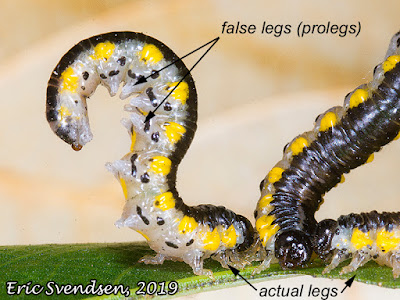The giant sunflower sea star.
 |
| Sunflower starfish. |
The behemoth above was photographed while I was exploring a lagoon in the Broken Islands. I was amazed at its vast size and speed. If you have watched sea stars at all, you would know that they are usually less than a foot across and live a relatively sedentary existence. They move at rates measured in inches per minute, while the sunflower sea star moves closer to a meter or more per minute. This may not seem as Herculean as I was letting on, but consider its speed to something like a crab. Although crabs can move faster, the sheer girth of the sea star renders speed somewhat moot. There is no escaping all those arms, which can number up to 21. The above one has 17. As they grow they keep adding arms, starting with 5 and increasing until full maturity.
Starfish belong to a phylum called the echinoderms. They include things like sand dollars, sea cucumbers, and sea urchins. All echinoderms have a peculiar vascular system operated by water and move using their tube feet, which are part of that system. Each tube foot can cling onto a surface with a small amount of force. The sunflower sea star may have upwards of 1500 of them. When it grabs something, it does not let go easily. The captured prey is brought to the mouth, which is bottom center, and then the unthinkable happens. It's stomach extrudes from the opening and starts the digestion process outside of its body.
These giant tube-footed hunters release a chemical signature which other organisms recognize. When detected, the potential prey make a run for it; certain death awaits them if they stay. Even moving has limited value as the fast progression and wide swath leave little room for success.
They are harmless to humans. The spiny skin will not hurt and the creature will simply move along if it happens to have contact with you. I have picked them up and been quite amazed with how wonderful they are. What glorious creatures! That is unless you happen to be on the menu.



Comments
Post a Comment